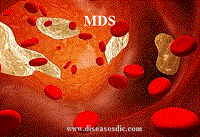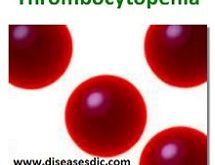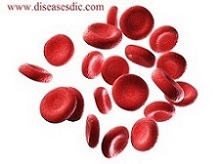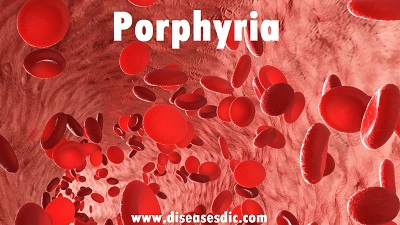Definition Paroxysmal nocturnal hemoglobinuria or PNH is a rare and chronic disease that results in an abnormal breakdown of red blood cells. PNH is due to a spontaneous genetic mutation that causes red blood cells to be deficient in a protein, leaving them fragile. Because the kidneys help to filter …
Read More »Myelodysplastic Syndrome (MDS)- Definition, Treatment, and Prevention.
Definition Myelodysplastic syndrome (MDS) is a group of diseases that affect the blood and bone marrow. Bone marrow is the soft, spongy tissue inside bones. In MDS, the blood-forming cells (stem cells) in the marrow slow down, or even stop, making the 3 types of blood cells: Red blood cells …
Read More »Thrombocytopenia – Introduction, Mechanism, and Risk factors.
Introduction People with thrombocytopenia have diminished platelets (Thrombocytes) count in the blood. Platelets are blood cells which help for clotting process. Normal platelets count value is from 150,000 and 450,000 per microliter (one-millionth of a liter). About two-third of platelets are released into the blood stream whereas the remaining are …
Read More »Polycythemia Vera (PV) – Symptoms, Risk factors, and Prevention.
Introduction Polycythemia Vera (PV) is a disorder in the bone marrow, which produces a higher volume of red blood cells than the normal production level. This increased production is termed as erythrocytosis. Polycythemia is a group of diseases called myeloproliferative neoplasms (MPN). Red blood cells carry oxygen to all parts …
Read More »Leukocytosis – Causes, Symptoms, and Treatment.
Definition Leukocytosis is the condition in which the body has a higher level (more than 11,000 leukocytes per cubic mm of adult human blood) of white blood cells (WBC) than normal level. White blood cells play an important role in the body immune system. White blood cells will function as …
Read More »Myelofibrosis (MF) – Causes, Complications, and Diagnosis.
Definition Myelofibrosis is a disorder that affects bone marrow, which produces blood cells. This disorder will result in the growth of scar tissue in bone marrow and blood cells cannot develop properly. MF patients have low blood cell, white blood and platelet counts lead to anemia, neutropenia and thrombocytopenia, fatigue, …
Read More »Porphyria: Risk factors, Causes, Treatment and Diagnosis
Definition Porphyria are a group of rare inherited blood disorders. People with these disorders do not make heme, a component of hemoglobin (protein in red blood cells that carries oxygen) properly. Heme is made of porphyrin (a naturally-occurring organic compound in the body) bound to iron. Heme helps red blood …
Read More » Diseases Treatments Dictionary This is complete solution to read all diseases treatments Which covers Prevention, Causes, Symptoms, Medical Terms, Drugs, Prescription, Natural Remedies with cures and Treatments. Most of the common diseases were listed in names, split with categories.
Diseases Treatments Dictionary This is complete solution to read all diseases treatments Which covers Prevention, Causes, Symptoms, Medical Terms, Drugs, Prescription, Natural Remedies with cures and Treatments. Most of the common diseases were listed in names, split with categories.







